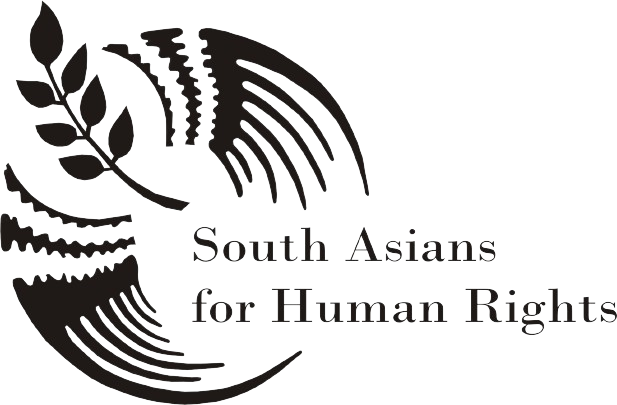SAHR Holds First Ever Online Election of Bureau Members!!
South Asians for Human Rights successfully conducted the election of Bureau Members through an online election based on a voting […]
Read more →South Asians for Human Rights successfully conducted the election of Bureau Members through an online election based on a voting […]
Read more →The LGBTQ (lesbian, gay, bisexual, transgenders, queer) community in the country is about to approach the state human rights commission […]
Read more →The Indian government has lifted a curfew and an Internet shutdown imposed to keep a lid on protests after Indian […]
Read more →